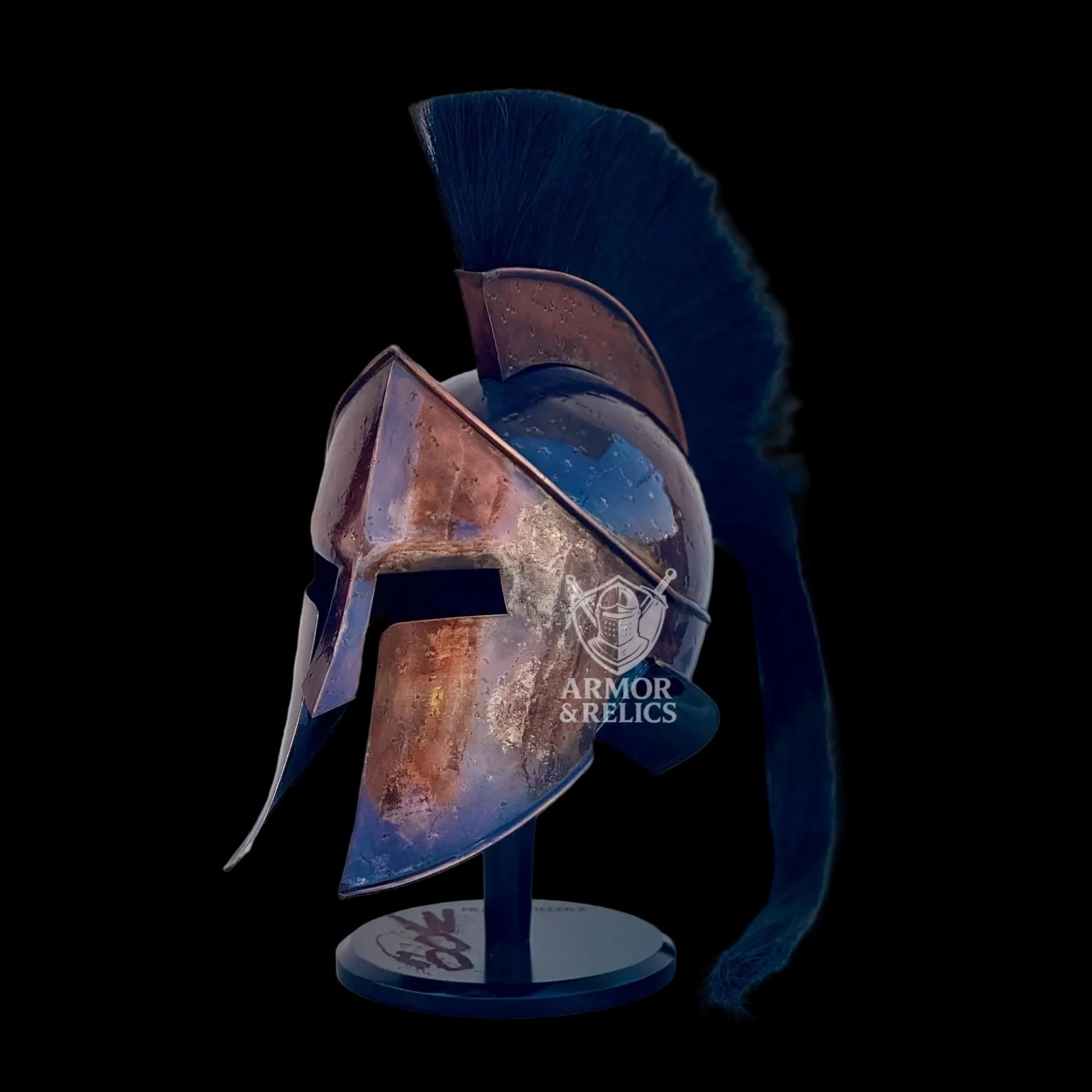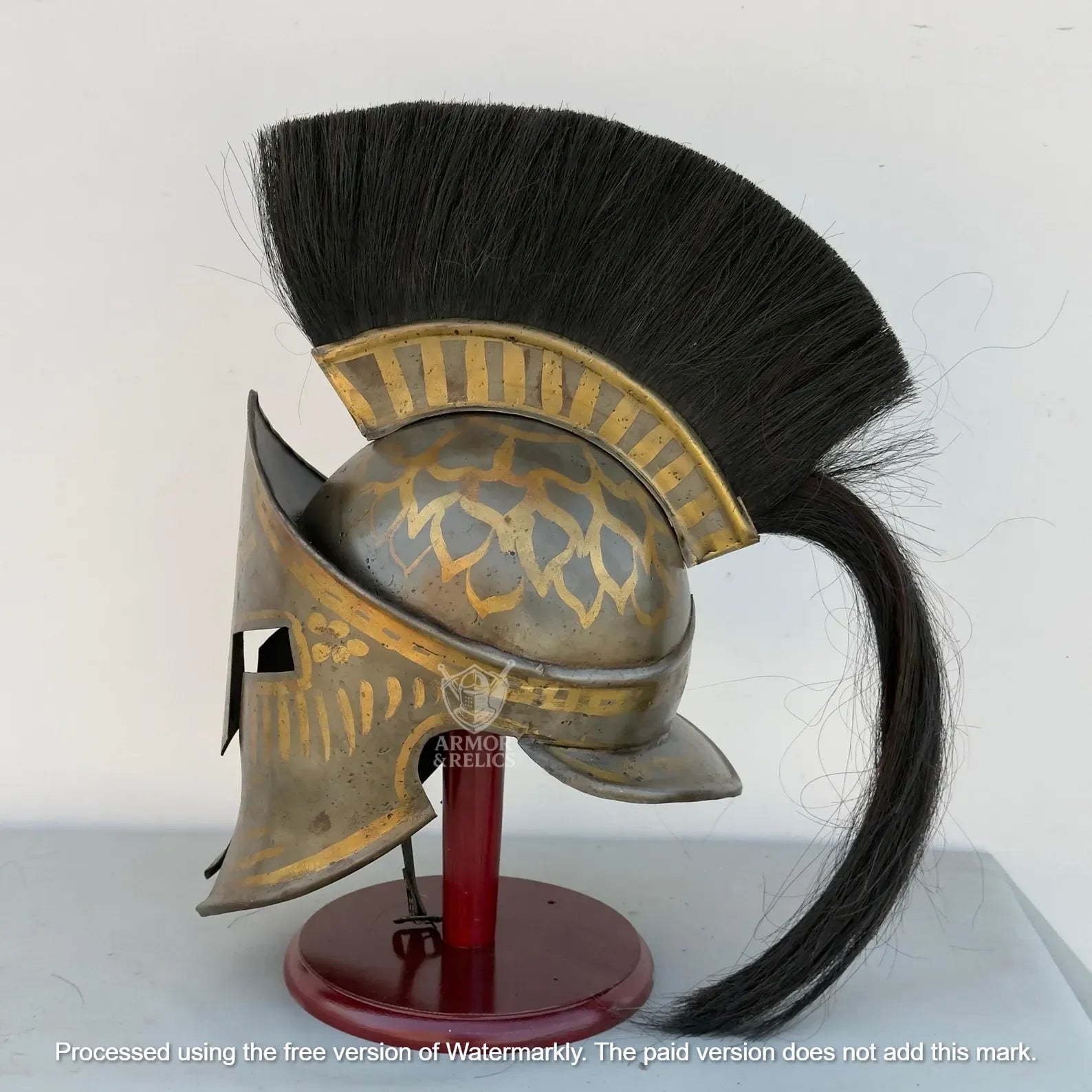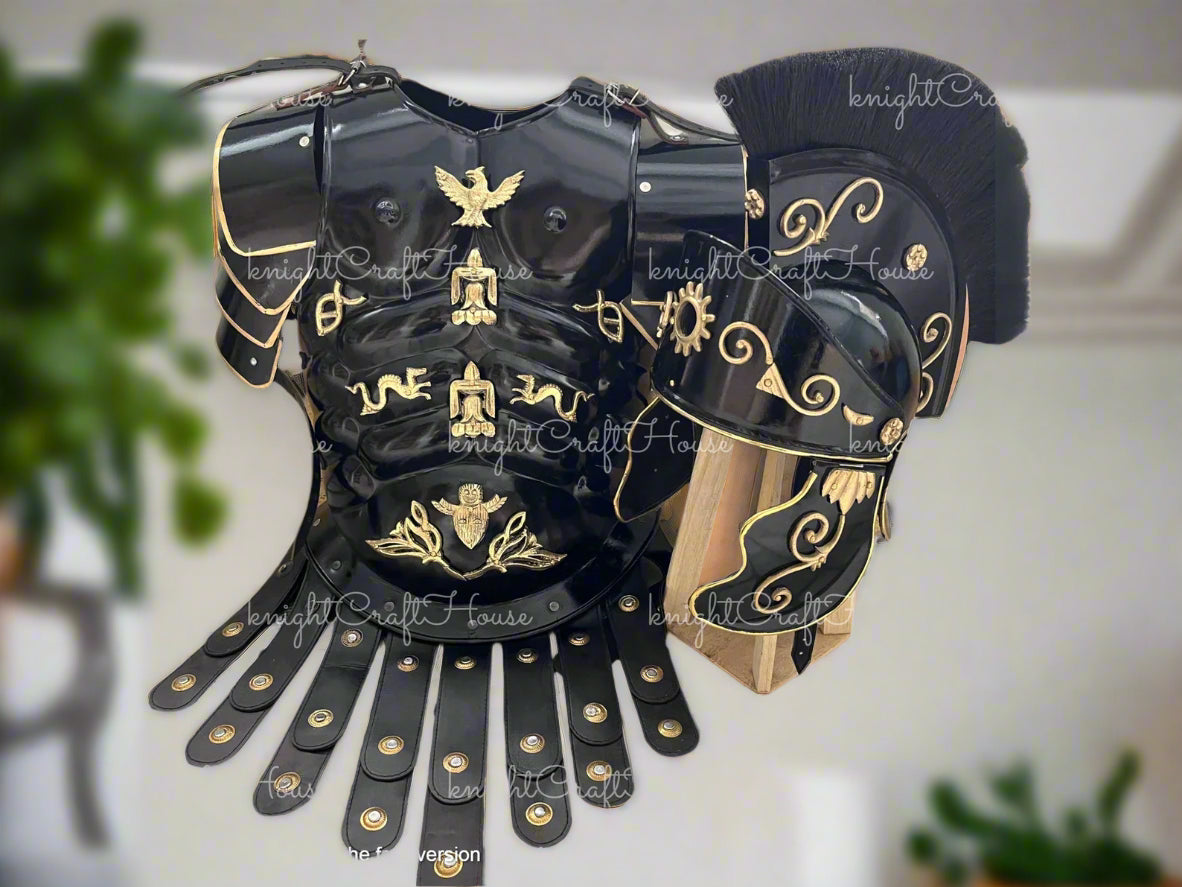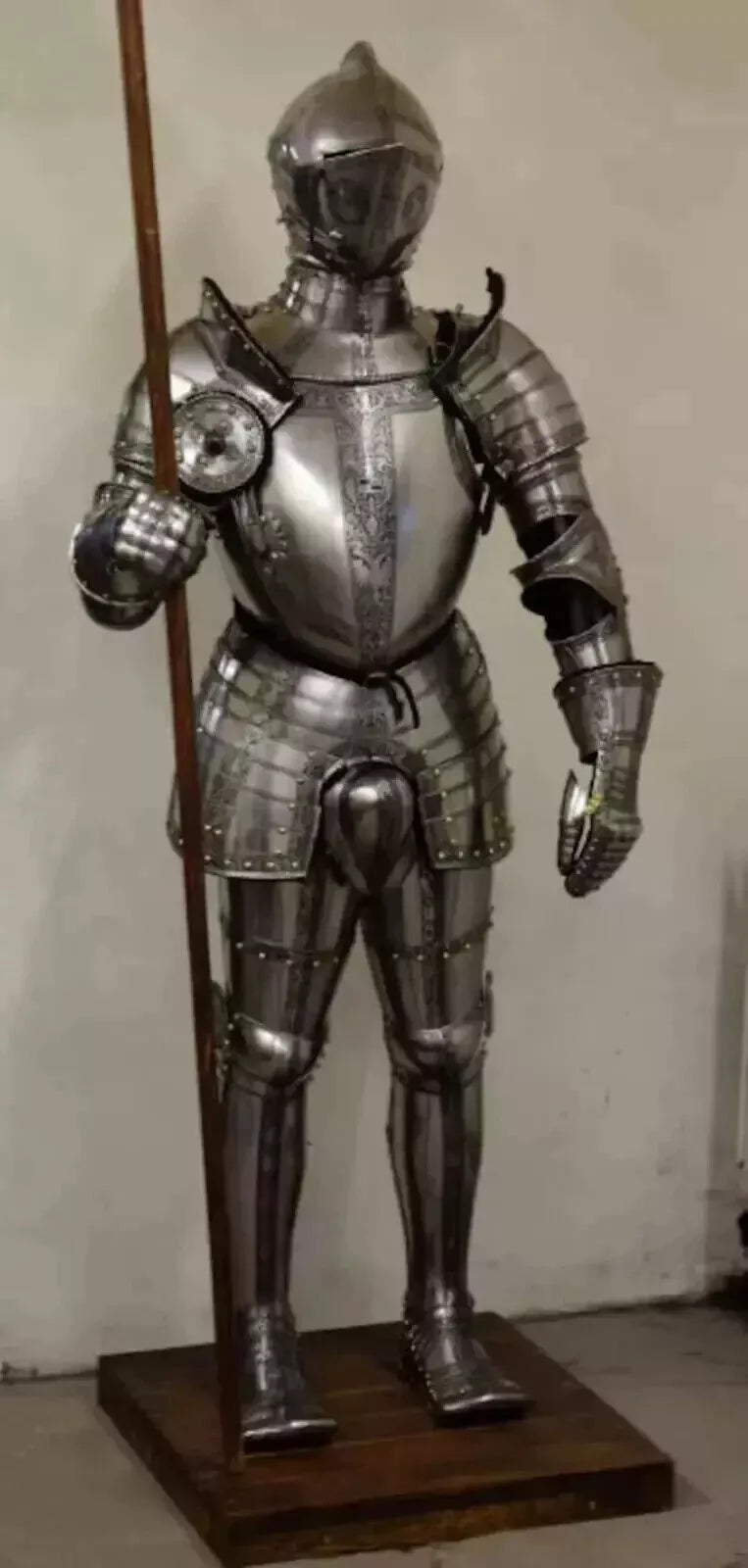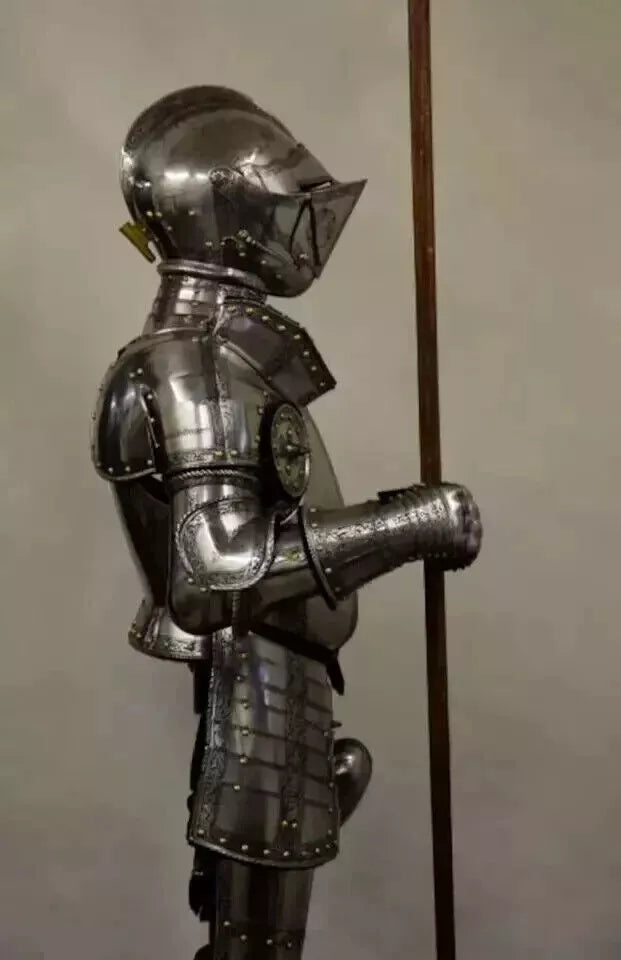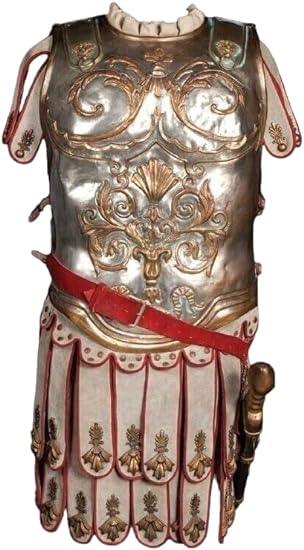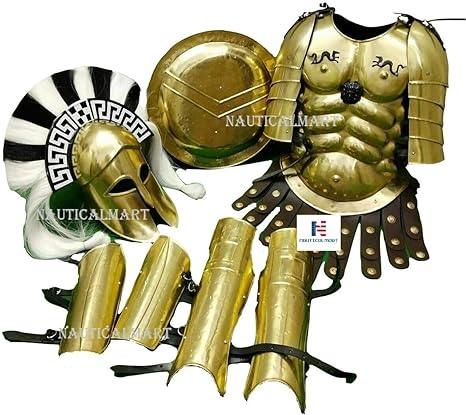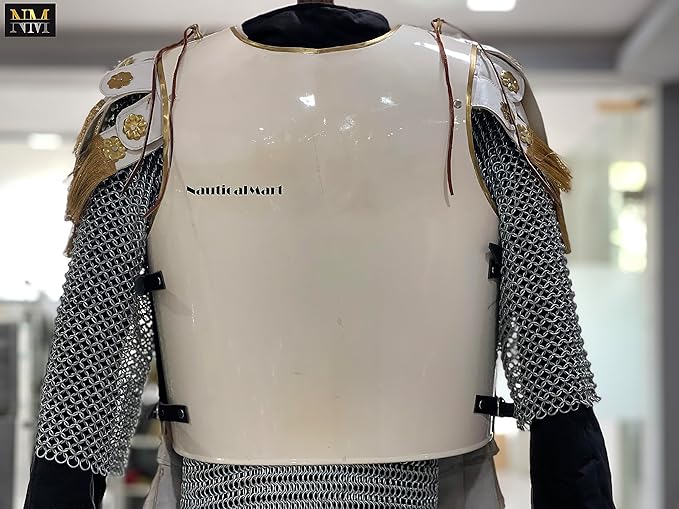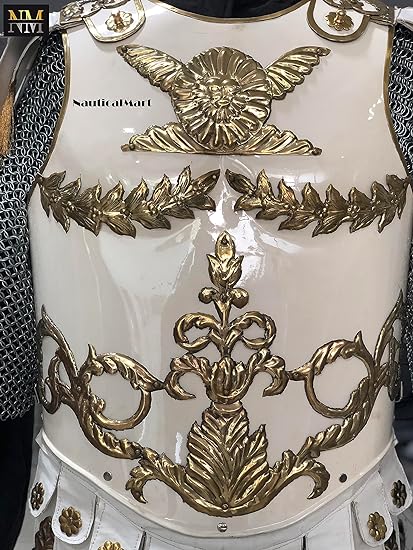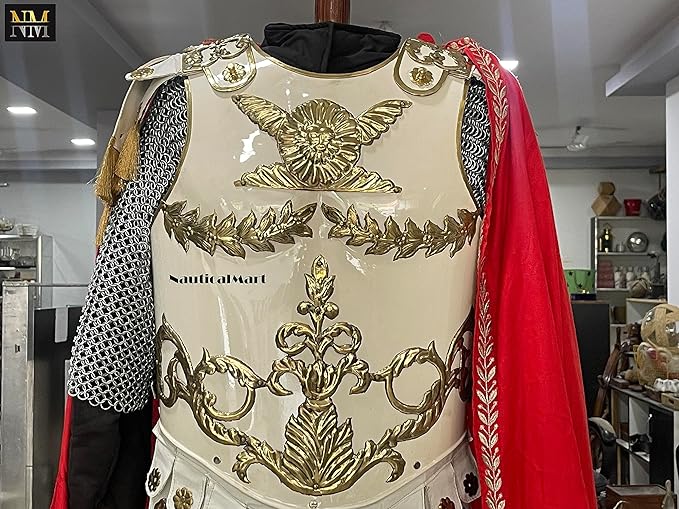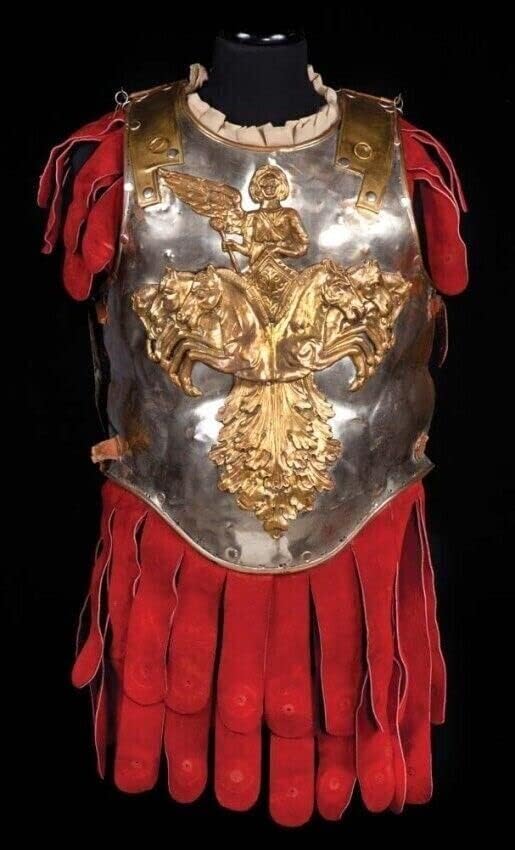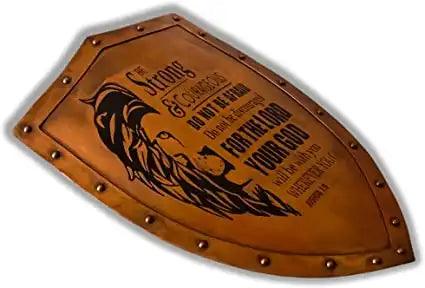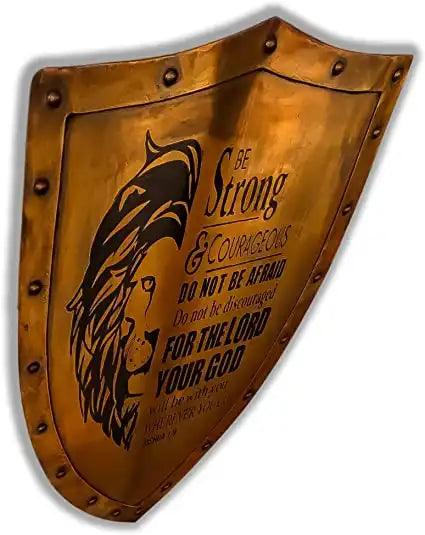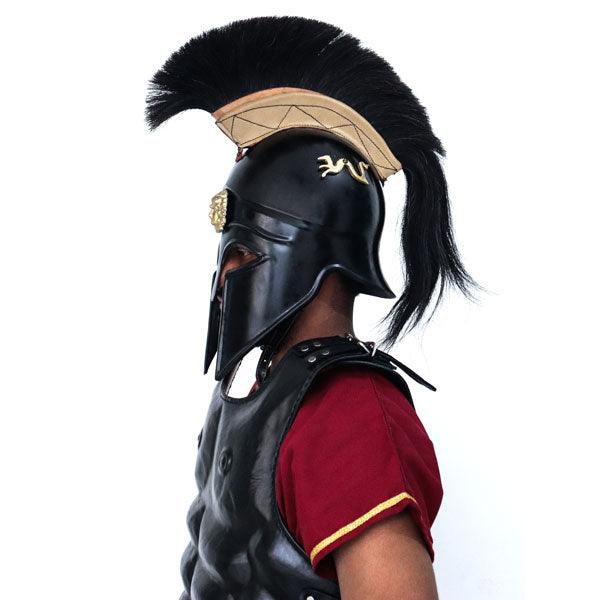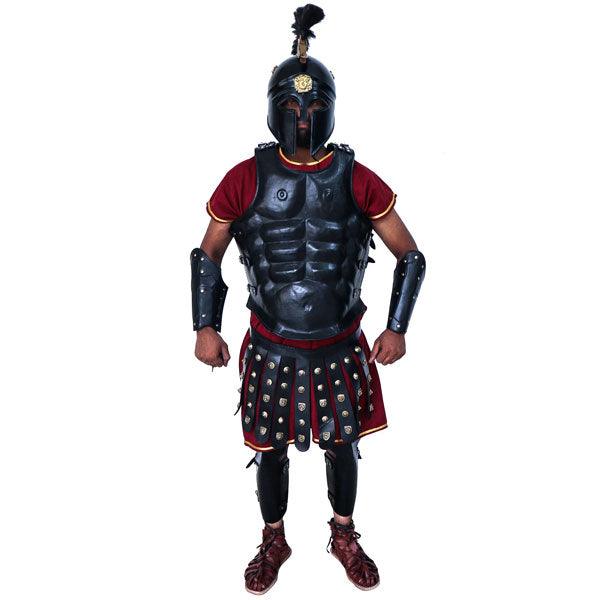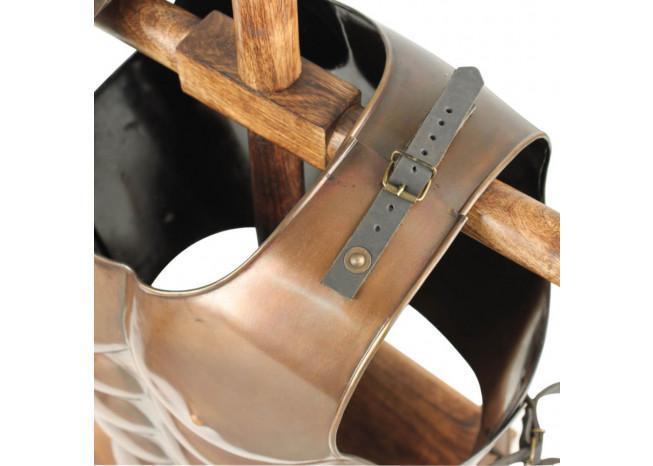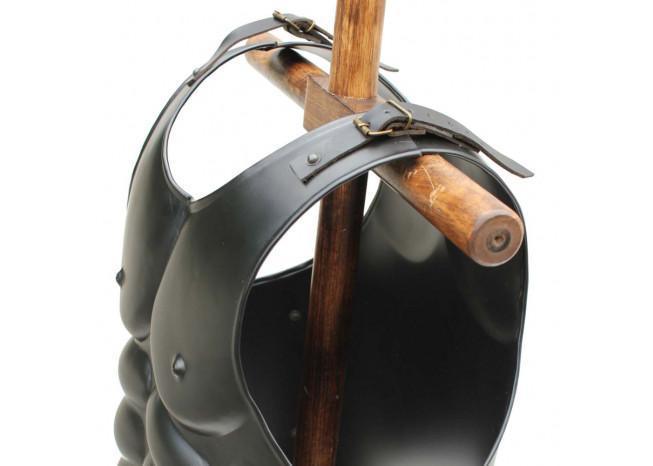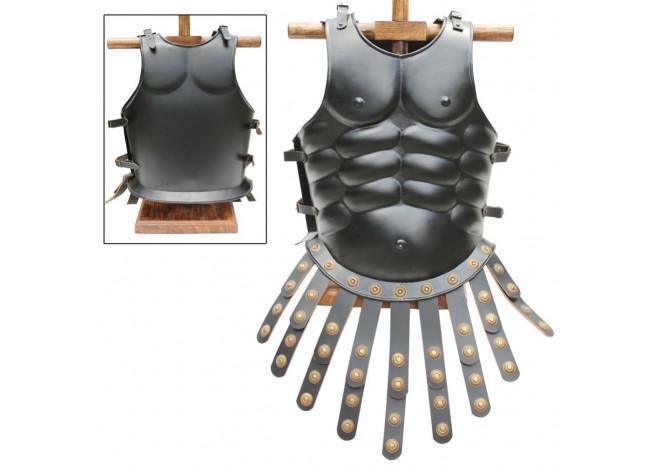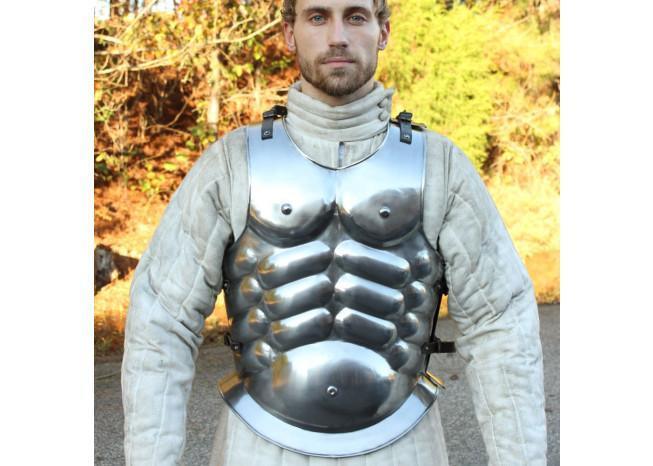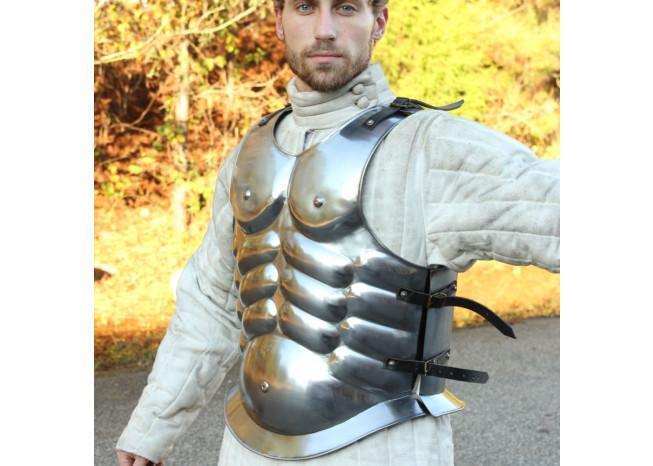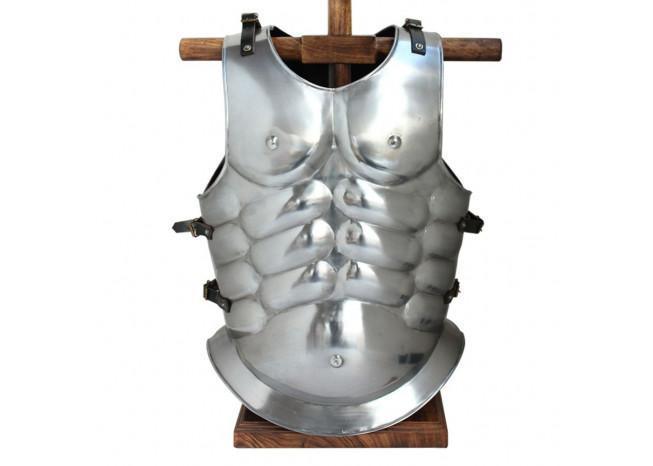-
Spartan Helmet – Authentic King Leonidas 300 Movie Replica | Steel Knight Helmet with Wooden Stand -
Golden Spartan Helmet – King Leonidas 300 Movie Authentic Brass Knight Helmet with Wooden Display Stand -
Medieval Greek 300 Movie Spartan Helmet – Limited Edition King Leonidas Replica with Stand -
King Leonidas Spartan Helmet – Medieval Greek Armor | 300 Movie Replica | LARP, Halloween, Cosplay, Display & Christmas Gift -
Roman Black Muscle Armor Set – Medieval Greek Gladiator Cuirass with Helmet & Pauldrons | Spartan 300, LARP, Cosplay, Halloween Costume -
Medieval Armor Suit Of Roman 6 Feet Full Size Wearable LARP Armor Battle Suit -
Medieval Roman Muscle Cuirass Armor Knight Breastplate With Skirt Halloween Costume -
Medieval Roman Muscle Cuirass Armor Knight Breastplate with Skirt & Shoulder -
Medieval Brass Big Eagle Armor Roman Cuirass Reenactment Breastplate 18 Gauge Brass Cuirass for Cosplay -
Medieval Roman Cuirass Greek Muscle Armor White LARP Knight Armor Halloween Costume -
Roman Muscle Cuirass with Shoulder Armor Greek Corinthian Helmet + 300 Spartan Leg Arm Guard & Shield Medieval Knight LARP Halloween Costume -
White Medieval Roman Muscle Cuirass Armor Knight Breastplate Larp Armor -
Medieval Roman Muscle Cuirass Armor Knight Breastplate Armor Wearable Halloween Costume -
Combat Lion Engraved Battle Armor Shield 002 -
300 Armor Suit with Spartan Metal Body Armor LFBA09 -
Full Body Roman Skirted Leather Armor Suit with Greek Metal Helmet LFBA07 -
Combat Lion Engraved Battle Armor Shield -
Imperial Roman Centurion Helmet with Blonde Plume -
Medieval Roman Greek Muscle Body Armor Cuirass Brass Finish -
Lael's Roman Gladiatorial Arena Brass Cuirass -
Muscular Blackened Greek Heroic Steel Cuirass -
Roman Soldier Military Lorica Segmentata Body Armor -
Maximus Roman Gladiator Blackened 18g Helmet -
Forged Roman Conqueror Muscle Cuirass Body Armor
Learn about : Medieval Spartan Collection
Medieval Spartan Costume Collection
Step into the world of legendary warriors with our Medieval Spartan Costume Collection. Explore a range of authentic and inspired Spartan outfits, perfect for reenactments, cosplay, themed events, or collectors. Our collection features detailed Armor sets, iconic Spartan helmets, tunics, capes, and accessories—each designed to capture the bold spirit and strength of the Spartans.
Whether you’re looking for a complete battle-ready ensemble or individual pieces to enhance your look, you’ll find options crafted for both style and durability. Choose from classic red cloaks, bronze-look helmets, leather armor, and more, all available in various sizes and customizable options to ensure the perfect fit.
Bring history to life and embody the courage of a Spartan warrior with costumes that blend medieval craftsmanship and legendary design. Ideal for LARP, stage performances, festivals, or as a standout addition to your costume collection.
The Spartans were ancient Greek warriors hailing from the city-state of Sparta, located in the southern part of the Peloponnese peninsula in Greece. Renowned for their military prowess, discipline, and dedication to the state, the Spartans played a significant role in Greek history.

Here are some key aspects of Spartan society and culture:
- Military Focus: Spartan society revolved around military training and service. Boys were sent to military barracks called agoge at the age of seven to undergo rigorous training in combat, discipline, and endurance. This upbringing aimed to produce hardened soldiers dedicated to the state.
- Spartan Women: Unlike in other Greek city-states, Spartan women enjoyed more rights and freedoms. They were educated, participated in athletic activities, and had more autonomy in managing property. This relative equality was partly due to the belief that strong women would bear strong Spartan warriors.
- Government: Sparta had a unique system of government known as a dual monarchy, with two kings reigning simultaneously. It also had a council of elders called the Gerousia, composed of 28 men over the age of 60, who proposed laws to be voted on by an assembly of Spartan citizens.
- Spartan Aggression: Spartans were known for their militaristic expansionism. They conquered neighboring territories, such as Messenia, enslaving the population to work as helots (serfs). The constant threat of helot uprisings influenced Spartan society, leading to a highly disciplined and militarized state.
- Spartan Values: Spartan culture emphasized values such as discipline, obedience, and self-sacrifice for the greater good of the state. The concept of "laconic wit" originates from Sparta, referring to the concise and blunt manner of speech attributed to Spartans.
- Battle of Thermopylae: The most famous military engagement involving the Spartans is the Battle of Thermopylae in 480 BCE during the Persian Wars. Led by King Leonidas, a small force of Spartans and allies held off the much larger Persian army for several days before being defeated. Their bravery and sacrifice became legendary.
- Decline: Despite their military prowess, Sparta eventually declined in power and influence. Internal strife, economic challenges, and conflicts with rival Greek states contributed to its downfall.
The Spartan outfit was designed for functionality and protection in battle, reflecting the militaristic nature of Spartan society. Here's a detailed description of the typical Spartan outfit:

-
Helmet (Corinthian Helmet): The most iconic piece of the Spartan outfit was the Corinthian helmet, characterized by its distinctive cheek guards, nose guard, and plume holder. Made of bronze, the helmet provided protection for the head and face in battle.
-
Cuirass (Breastplate and Backplate): Spartans wore a bronze cuirass consisting of a breastplate and backplate to protect the torso. These plates were often elaborately decorated with intricate designs and symbols.

-
Greaves (Leg Armor): Greaves were shin guards made of bronze or leather, worn to protect the lower legs from injury during combat.
-
 Tunic (Chiton): Beneath the armor, Spartans wore a simple tunic called a chiton, typically made of linen or wool. The tunic provided comfort and allowed for freedom of movement.
Tunic (Chiton): Beneath the armor, Spartans wore a simple tunic called a chiton, typically made of linen or wool. The tunic provided comfort and allowed for freedom of movement.

Cloak (Himation): Spartans often wore a cloak called a himation, which served as protection from the elements during outdoor activities. It could also be used as a blanket for sleeping while on campaign.
Sandals (Cothurnus): Spartan footwear consisted of sturdy leather sandals called cothurnus. These sandals provided traction and protection for the feet while marching or fighting
"300" is a historical action film released in 2006, directed by Zack Snyder and based on the 1998 comic series of the same name by Frank Miller and Lynn Varley. The film depicts the Battle of Thermopylae in 480 BCE, where King Leonidas I of Sparta led 300 Spartan warriors alongside other Greek forces against the massive Persian army led by King Xerxes I.
The movie showcases the Spartans' legendary bravery, discipline, and sacrifice as they defend Greece against overwhelming odds. Known for its visually stunning cinematography, stylized visuals, and epic battle sequences, "300" became a cultural phenomenon and is often celebrated for its iconic portrayal of Spartan warriors.
While the film takes artistic liberties with historical accuracy and exaggerates certain aspects of the battle and Spartan society, it captures the spirit of the ancient world and the enduring legacy of the Spartans' heroism. "300" has since inspired numerous adaptations, including video games, comics, and a sequel, further cementing its status as a modern classic in the action genre.

